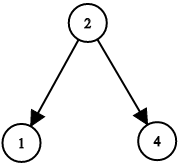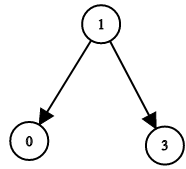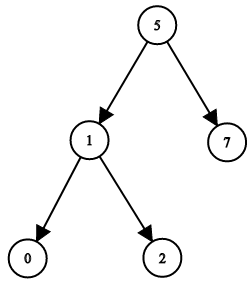标签:OLE ret arch hash output new ati sts style
Given two binary search trees, return True if and only if there is a node in the first tree and a node in the second tree whose values sum up to a given integer target.
Example 1

Input: root1 = [2,1,4], root2 = [1,0,3], target = 5 Output: true Explanation: 2 and 3 sum up to 5Example 2

Input: root1 = [0,-10,10], root2 = [5,1,7,0,2], target = 18 Output: false
Time: O(M + N)
/** * Definition for a binary tree node. * public class TreeNode { * int val; * TreeNode left; * TreeNode right; * TreeNode(int x) { val = x; } * } */ class Solution { public boolean twoSumBSTs(TreeNode root1, TreeNode root2, int target) { Set<Integer> set = new HashSet<>(); dfs(root1, set); return check(root2, set, target); } private void dfs(TreeNode root, Set<Integer> set) { if (root == null) { return; } set.add(root.val); dfs(root.left, set); dfs(root.right, set); } private boolean check(TreeNode root, Set<Integer> set, int target) { if (root == null) { return false; } if (set.contains(target - root.val)) { return true; } return check(root.left, set, target) || check(root.right, set, target); } }
标签:OLE ret arch hash output new ati sts style
原文地址:https://www.cnblogs.com/xuanlu/p/12785735.html